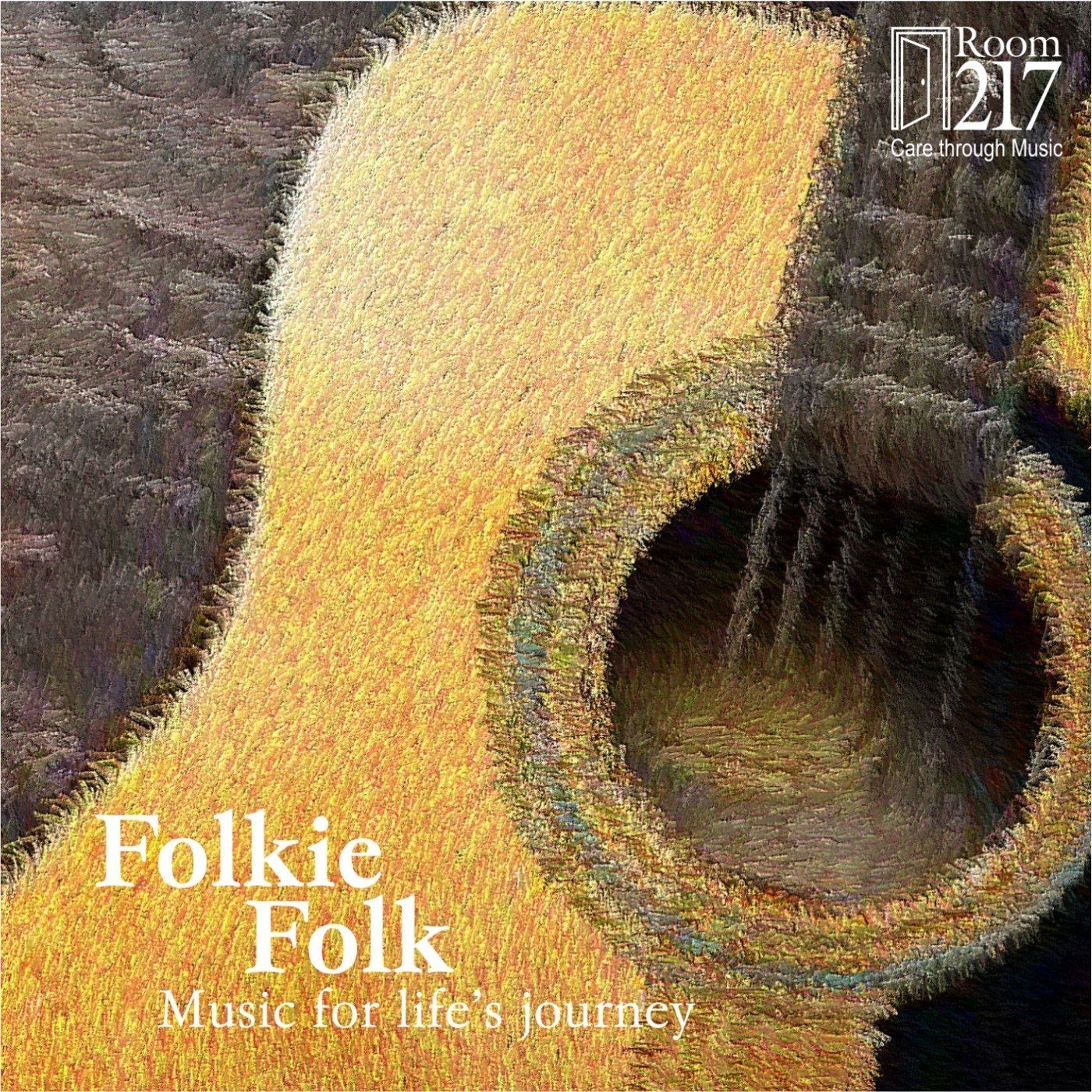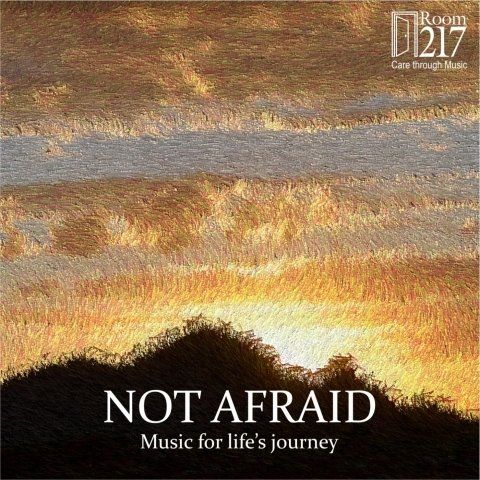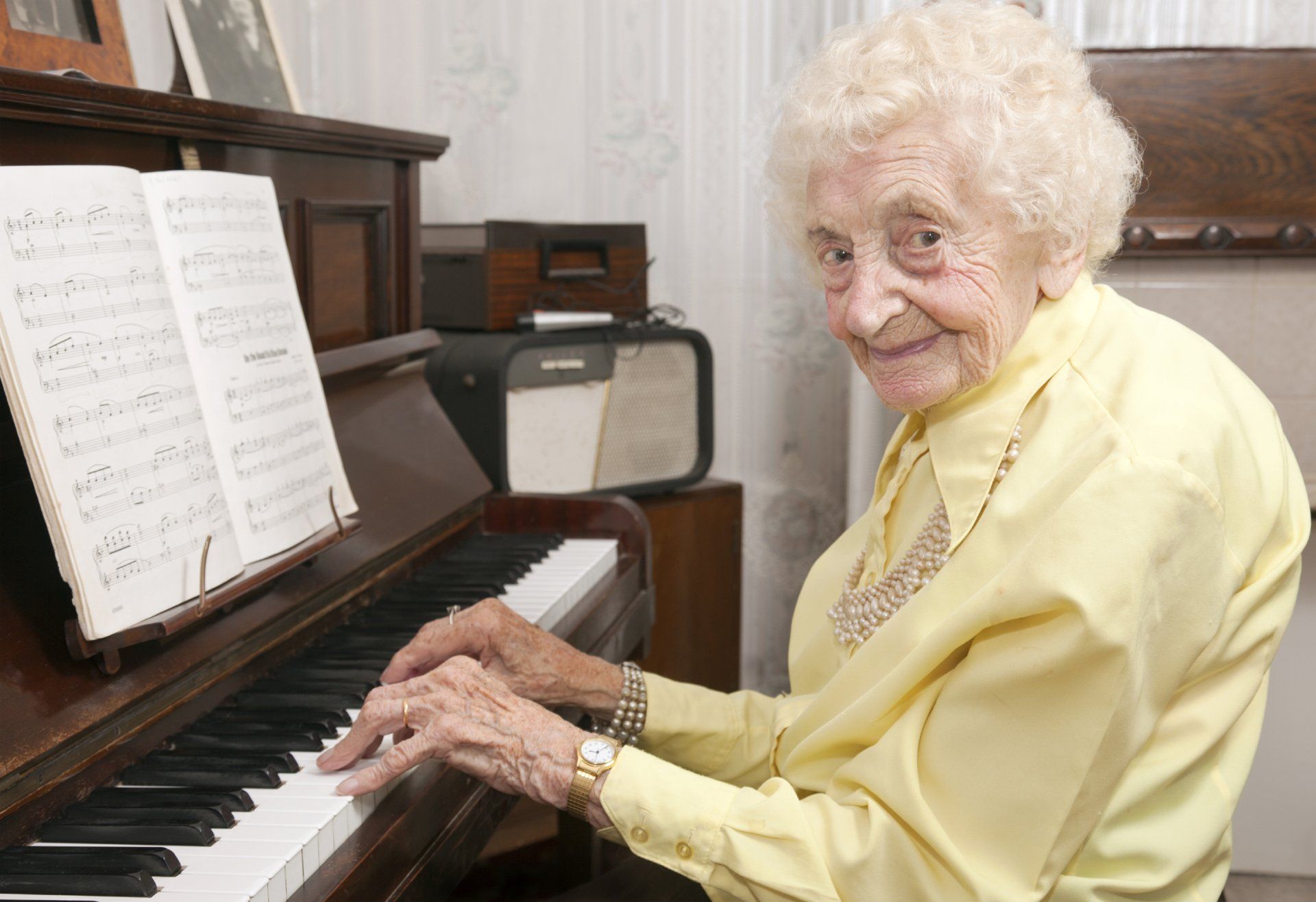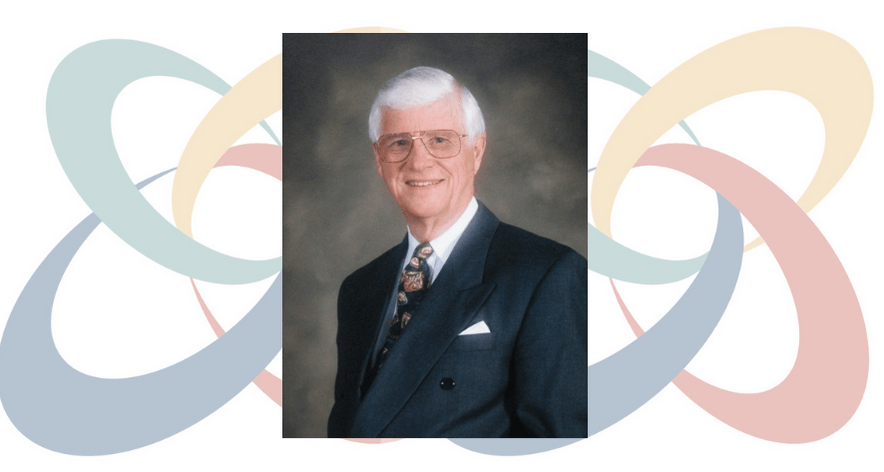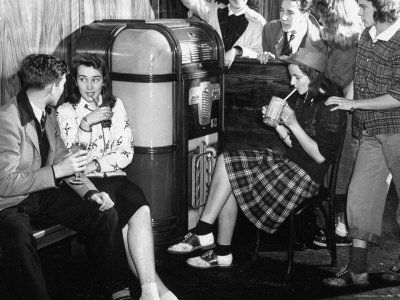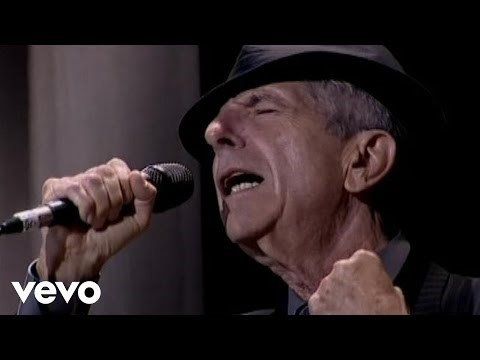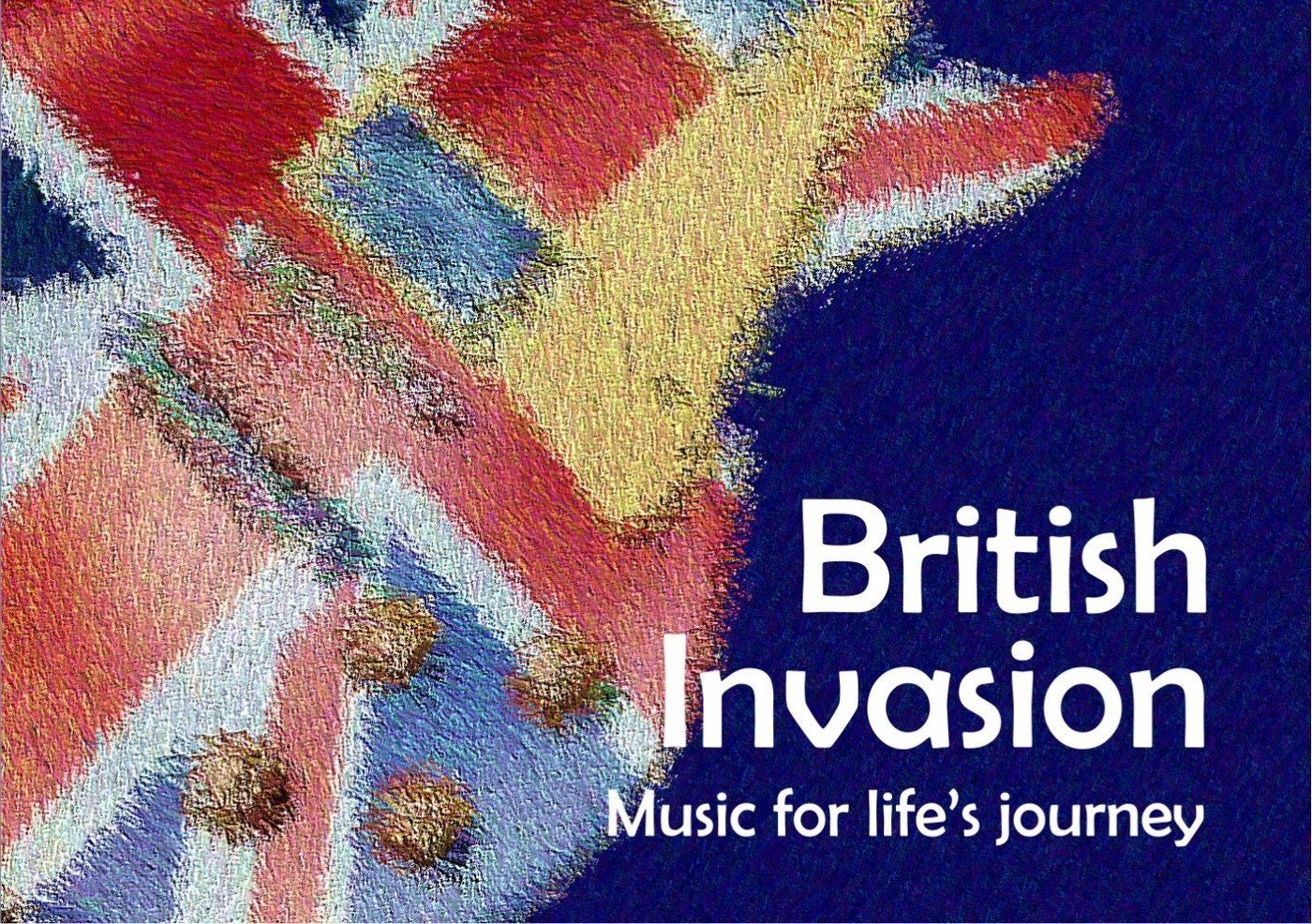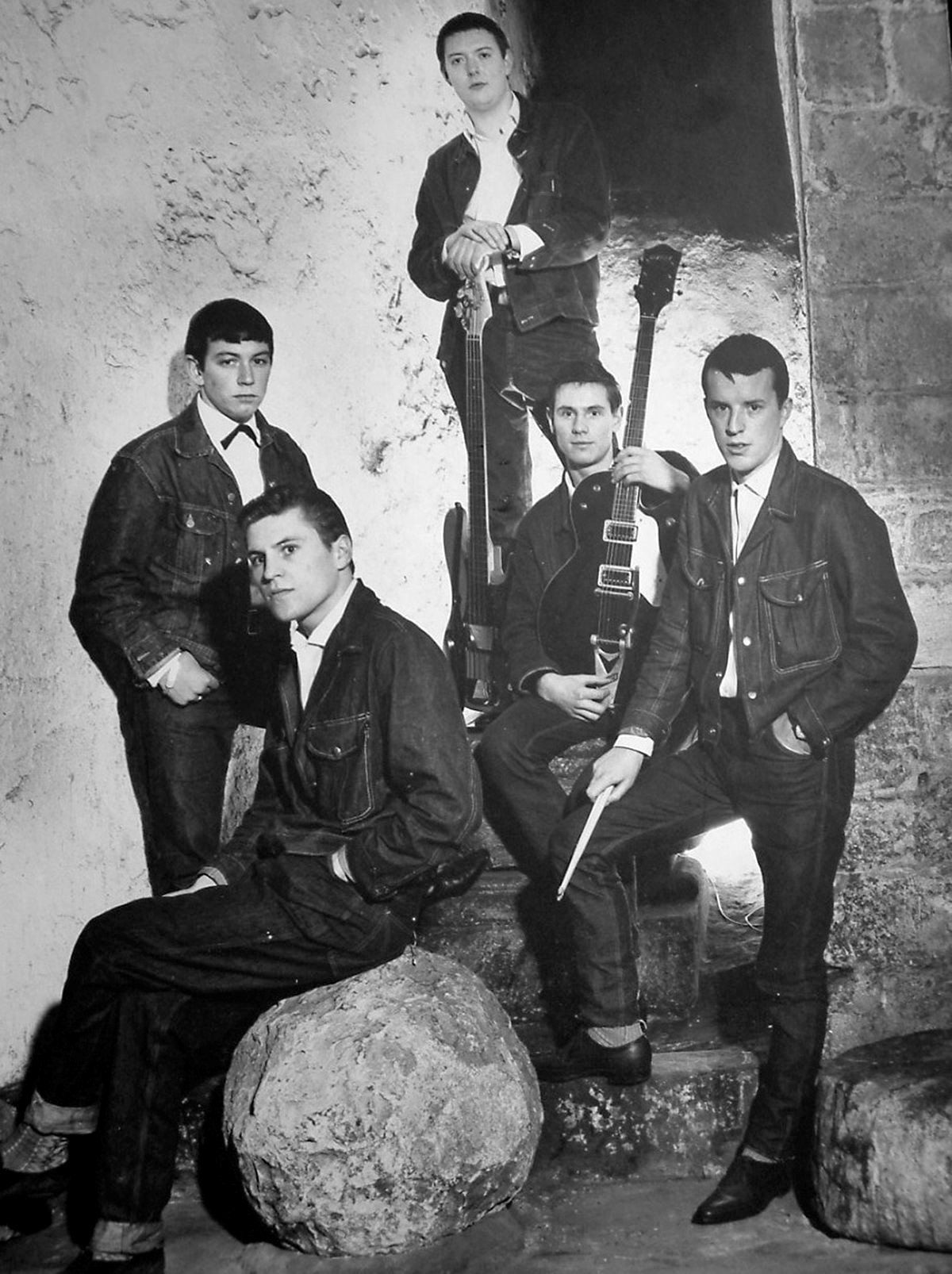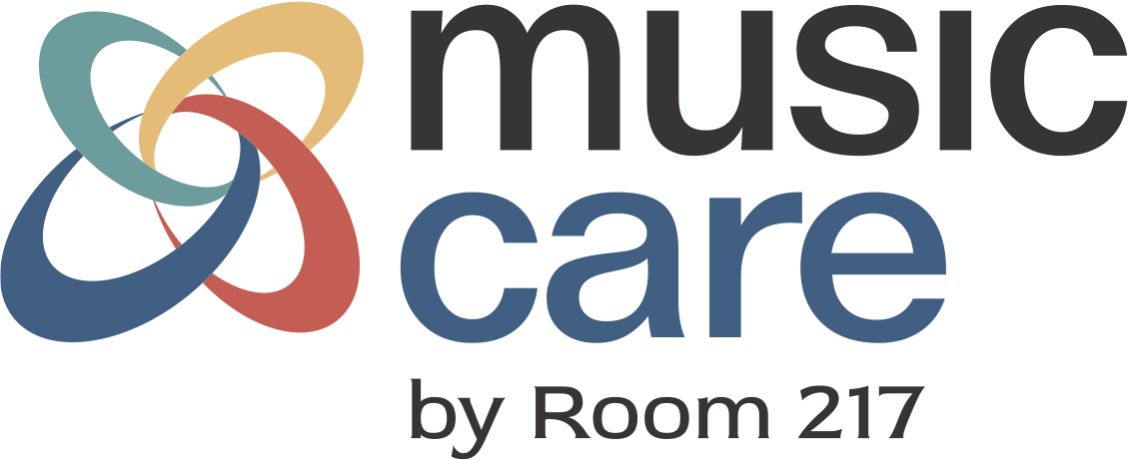Music and the Voice – Dysarthria and Parkinson’s Disease
Parkinson’s disease is a progressive disorder that is caused by degeneration of nerve cells in a part of the brain called the substantia nigra, which is responsible for controlling movement. It’s the most common movement-related brain disease, affecting approximately 1% of people 60 years and over worldwide (AANS, 2023).
When you hear Parkinson’s disease, what comes to mind? Most people will think of slowed movements (bradykinesia), tremors and rigidity, a stooped posture and shuffling (or festinating) walking pattern. But did you know that Parkinson’s disease heavily impacts the voice?
Approximately 90% of people with Parkinson’s disease experience something called dysarthria (Moya-Galé, 2019). Dysarthria refers to a group of motor speech disorders characterized by weakness, slowness or poor coordination of the speech muscles. It is referred to as an execution disorder because the weakened speech muscles result in consistent speech errors.
Signs of dysarthria might include an inability to speak loudly, abnormal speech rhythm, a strained, raspy or nasal sound voice, monotonous speech, difficulty moving the tongue and facial muscles, slow and/or slurred speech and rapid speech that is difficult to understand. While there are seven types of dysarthria, hypokinetic and hyperkinetic dysarthria are most commonly associated with Parkinson’s Disease.
Hypokinetic dysarthria is marked by difficulty initiating speech, rigidity, short rushes of speech, a harsh of breathy sound, monopitch and monoloudness. In contrast, hyperkinetic dysarthria is marked by difficulty inhibiting speech, irregular articulation, emotions and facial expressions, as well as tremor, dystonia (involuntary muscle contraction) and tics. With all dysarthrias, the main concern is intelligibility of speech.
Did you know that music therapy can be used to treat symptoms of dysarthria?
In Neurologic Music Therapy, there are two main techniques I have used when working with client’s with Parkinson’s Disease. The first technique is Rhythmic Speech Cueing (RSC). In RSC, the rate of speech is controlled via auditory rhythm (Thaut & Hoemberg, 2016, p. 151). By practicing speech to a metronome the temporal characteristics of speech, such as fluency, rate of speech and intelligibility improve. The beat of the metronome is determined by assessing the client’s fluency and rate of speech. From here, functional sentences can be practiced. For example, if working on metric cueing, each syllable would be matched to one beat of the metronome (“I – want – a – glass – of – wa – ter”).
The second technique is Vocal Intonation Therapy (VIT). In VIT, vocal exercises are used to maintain and rehabilitate aspects of voice control such as inflection, pitch, breath control, timbre and dynamics (Thaut & Hoemberg, 2016, p. 179). These exercises are similar to those used in vocal warm up. Another concern among those with Parkinson’s disease is monoloudness and reduced loudness because it can be difficult to communicate with others if they cannot hear you.
A music therapist might use an exercise that has the client crescendo their voice to practice singing more loudly, and then transfer this skill to speaking.
With the prevalence of Parkinson’s disease it is important to think about all aspects of the disorder – especially the voice – because it allows us to communicate with one another. In persons with Parkinson’s disease, singing can then be used as an effective tool for maintaining vocal function in an engaging and motivating way.


